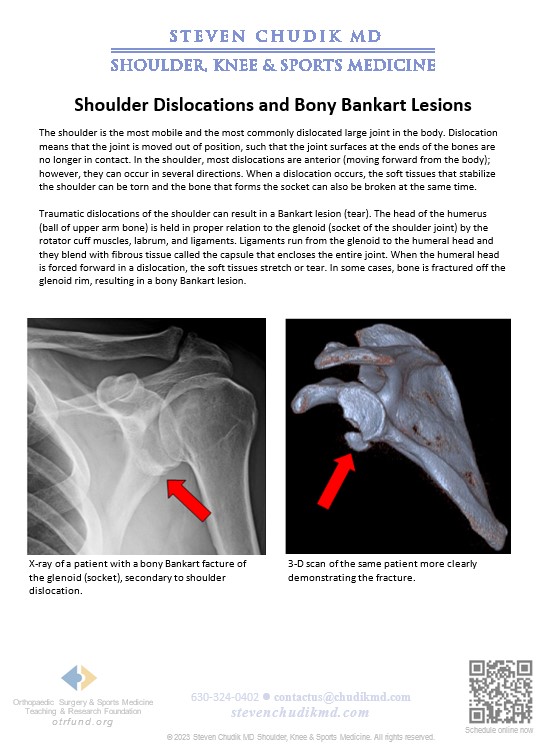Click below to learn more
Learn More
Content provided by Dr. Chudik not to be used for diagnosis and treatment. You can receive a proper evaluation and diagnosis by making an appointment with Dr. Chudik
 Expand your world of opportunities as a Clinical Athletic Trainer
Expand your world of opportunities as a Clinical Athletic TrainerOTRF is accepting applications until March 15 for its 2024-2025 CAATE-accredited Athletic Training Residency Program
Applications and additional information are available here.